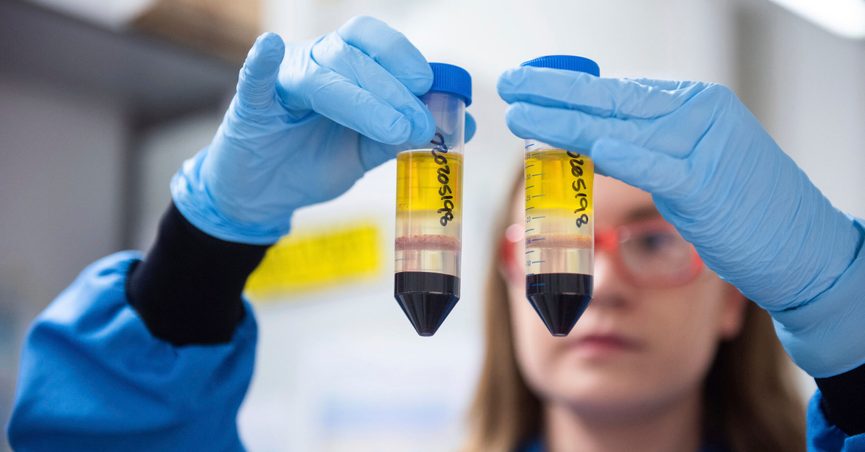迄今为止,还没有发生与冠状病毒疫苗有关的单一死亡,只有少数可能的严重事件。

【原文】
This article is republished here with permission from The Conversation. This content is shared here because the topic may interest Snopes readers; it does not, however, represent the work of Snopes fact-checkers or editors.
I’m a clinical trials geek. I keep hearing people talk about the seven to ten years it takes to make a vaccine and how dangerous speeding this up might be. The word that keeps popping up is “rushed”, and it is making the average person nervous about vaccine safety. So, as a clinical trials doctor, I am going to tell you what I do for most of those ten years – and it is not very much.
I’m not lazy. I submit grants, have them rejected, resubmit them, wait for review, resubmit them somewhere else, sometimes in a loop of doom. When I am lucky enough to get trials funded, I then spend months on submitting to ethics boards. I wait for regulators, deal with personnel changes at the drugs company and a “change of focus” away from my trials, and eventually, if I am very lucky, I spend time setting up trials: finding sites, training sites, panicking because recruitment is poor, finding more sites. I then usually have more regulatory issues and, finally, if my big pot of luck is not used up, I might have a viable therapy – or not.
None of this is to downplay the challenges still ahead. It is also not to say vaccines are without safety questions still to be answered. It has been, however, a triumph of good process and great people. I am confident that when regulators pore over the safety and efficacy data, closely followed by every interested scientist in the world, that vaccines will only be used if their benefits clearly outweigh the risks – and you should be confident too.![]()
Mark Toshner, Director of Translational Biomedical Research, University of Cambridge
This article is republished from The Conversation under a Creative Commons license. Read the original article.